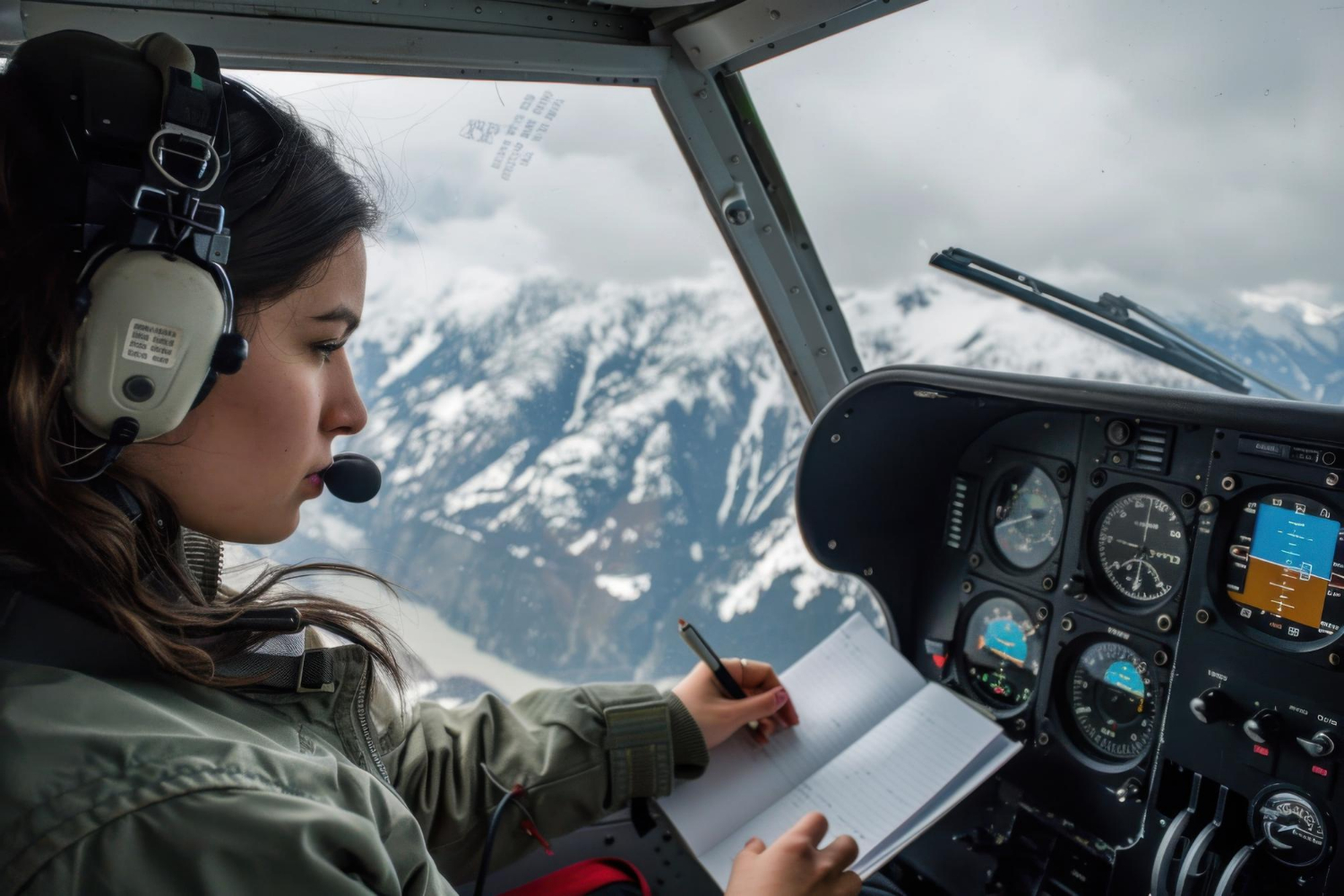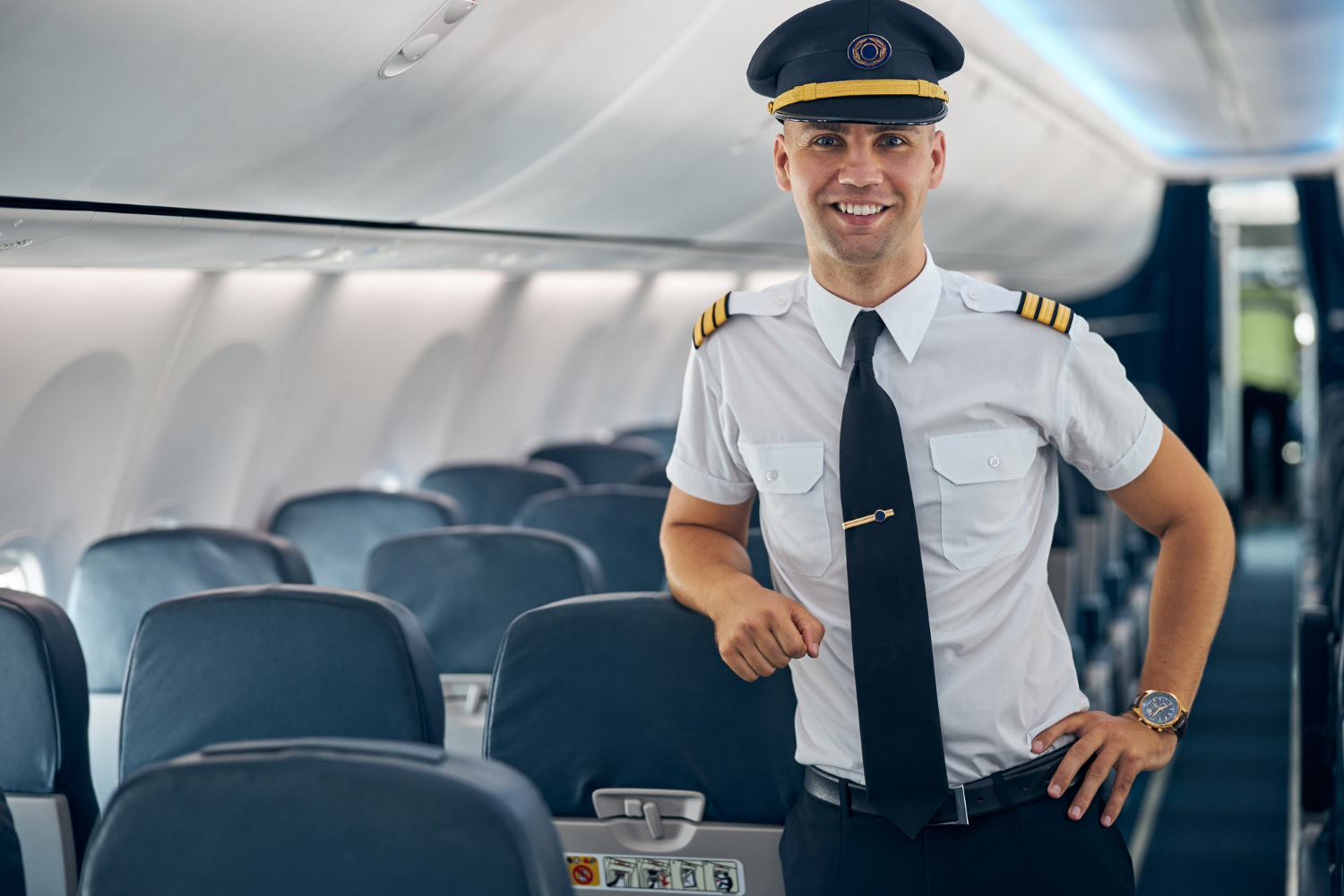Requirements for Becoming a Pilot: From Private Pilot to Airline Captain
A career holds a lot of importance in a person's life. It is the career that enables one to discover the skills and techniques that can help in earnin

Generally, there are four types of pilot licenses. Holding a Private Pilot License (PPL) allows one to operate a light aircraft and carry passengers, provided the aircraft is not hired or used for commercial purposes. A CPL allows the license holder to fly for hire or compensation. To become a captain of a large multi-crew aircraft, an ATPL is required. Along with training, a pilot needs at least 1500 hours of flight time to get an Airline Pilot License or an ATPL. Therefore, CPL is the highest license available upon completing flight training.
There is a substitute for a CPL. The Multi-Pilot License (MPL) is a restricted license allowing the holder to work as a co-pilot on a multi-crew aircraft only. The theory is the same as the ATPL.
To get any of these licenses, a pilot should undergo theoretical and practical training. A pilot without 1,500 hours of flight time can also complete ATPL theory and exams. To work as a co-pilot on large multi-pilot aircraft, one should have a CPL and have passed the ATPL theory exams. Therefore, it is normal to complete ATPL theory training and exams as part of a CPL course.

Well, there is no such license. In reality, a frozen ATPL is a CPL license with ATPL theory.

Before taking CPL or ATPL exams, it is necessary to complete an approved theory training course. The theory of ATPL training encompasses a range of topics, including air law, flight planning, aircraft performance, and human factors. The modular route, on the other hand, allows students to study at their own pace.

After completing the theory of the training, the pilot should pass all ATPL exams. The exams are conducted by the DGCA.

To upgrade a Commercial Pilot License or a Multi-Crew Pilot License to an Airline Transport Pilot License (ATPL), one must have the relevant experience and pass an ATPL skills test. As the pilot has already met the theory requirements, there are no further theory exams. This is what is meant by ‘unfreezing’ a ‘frozen ATPL.

An Unfrozen ATPL indicates that the pilot has completed at least 1,500 total flight hours, including specific PIC and cross-country hours, and has met all other eligibility requirements and has been issued a full ATPL by the DGCA.
So, the “unfreezing” of an ATPL means a pilot can now become a Captain, upon completing a type rating and airline-specific training.

To obtain an unfrozen ATPL, the pilot must fulfil the following DGCA
Minimum 1500 hours total flight time, including:
Once all these requirements are met, a pilot can apply to the DGCA for conversion from a frozen to unfrozen ATPL.

Eligibility for Captain Roles
The most important benefit of an unfrozen ATPL is becoming a Captain. Airlines in India need a valid ATPL to get a position as a pilot as a Pilot-in-Command.
Faster Promotions
An unfrozen ATPL gives an edge in the job market. Airlines prefer candidates who are eligible for command, particularly during fleet expansions or when establishing new bases.
International Opportunities
Many foreign airlines seek pilots with an unfrozen ATPL and validated flight hours. Since logging flight hours can be slow in India because of fewer sectors per day, having an ATPL unfrozen in India can improve your employability abroad.
Instructor and Examiner Roles
Many flight schools hire instructors, Type Rating Examiners or those with unfrozen ATPLs.

High Cost and Time
Accumulating 1500 hours can cost ₹50–₹80 lakh, dependent on the location of the flight school and type of the aircraft.
Limited Pilot in Command Opportunities
To obtain the 250 PIC hours required for ATPL, one must command smaller aircraft, as First Officers don't log PIC time. This makes obtaining hours challenging for those already employed in the airline industry.
Regulatory Complexity
DGCA exams and validations can be slow. Even after the accumulation of the required hours, it can take up to several months to unfreeze the ATPL.

An unfrozen ATPL opens the door to command positions, higher salaries, international flying prospects and career advancement that a frozen ATPL cannot offer. Although this journey can be lengthy and costly, the benefits are well worth it.
For aspiring pilots, planning the path to unfreezing an ATPL should start early. Whether you are fresh out of flying school or already piloting a commercial jet, having a clear strategy for obtaining a full ATPL can accelerate your aviation career.
If you want an Unfrozen ATPL, the first step is to obtain a CPL. For this, it is necessary to enroll in a flight training school, such as Flapone Aviation. Here, you will attain practical experience and theoretical knowledge. These are required to pass a CPL exam, conducted by the DGCA, to become a commercial pilot and to start a successful career.
Connect with our aviation mentors to find the right path toward becoming a licensed aircraft pilot.